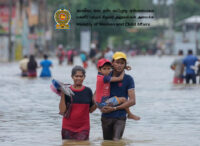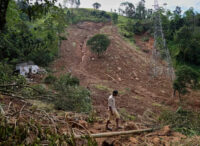More than 100,000 houses in Sri Lanka continue to be constructed using mud and rocks for walls and Palmyra leaves, cadjan, or straw for roofs, highlighting the prevalence of weather-prone housing conditions, according to the Department of Census and Statistics (DCS).
The 2024 Housing Preliminary Report by the DCS reveals that 2.8 per cent, or 168,000 housing units, have walls made of mud and stones, which are highly vulnerable to harsh weather.
An additional 102,000 houses, or 1.7 per cent of occupied units, have roofs made of Palmyra leaves, cadjan, or straw, exposing residents to potential damage during storms.
The report also notes variations in roofing materials across districts.
The highest percentage of asbestos roofs is recorded in Polonnaruwa District (75.5 per cent), while tin roofs are most common in Nuwara Eliya (16.1 per cent), Badulla (8.4 per cent), and Mullaitivu (5.0 per cent).
In Badulla, 5.7 per cent of housing units still have non-durable cadjan, Palmyra, or straw roofs.
While most houses in Sri Lanka use cement flooring, around 120,000 homes still have mud and sand floors, reflecting continued challenges in achieving durable housing.
The report also highlights energy usage in households, showing that a majority—55.3 per cent—still rely on firewood as the main source of cooking fuel, with the highest percentages reported in Monaragala (83.6 per cent) and Badulla (80.6 per cent).











Leave a comment